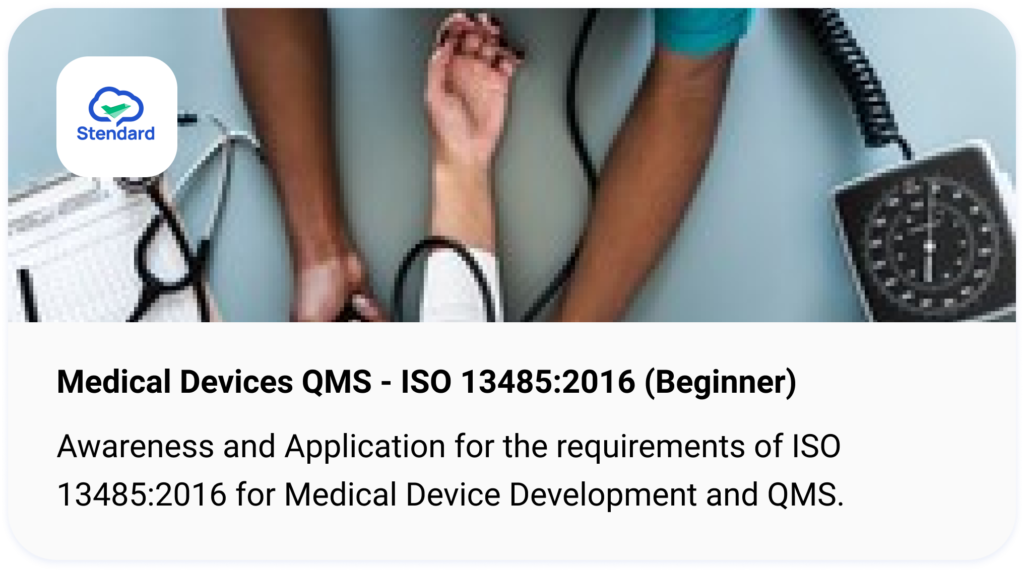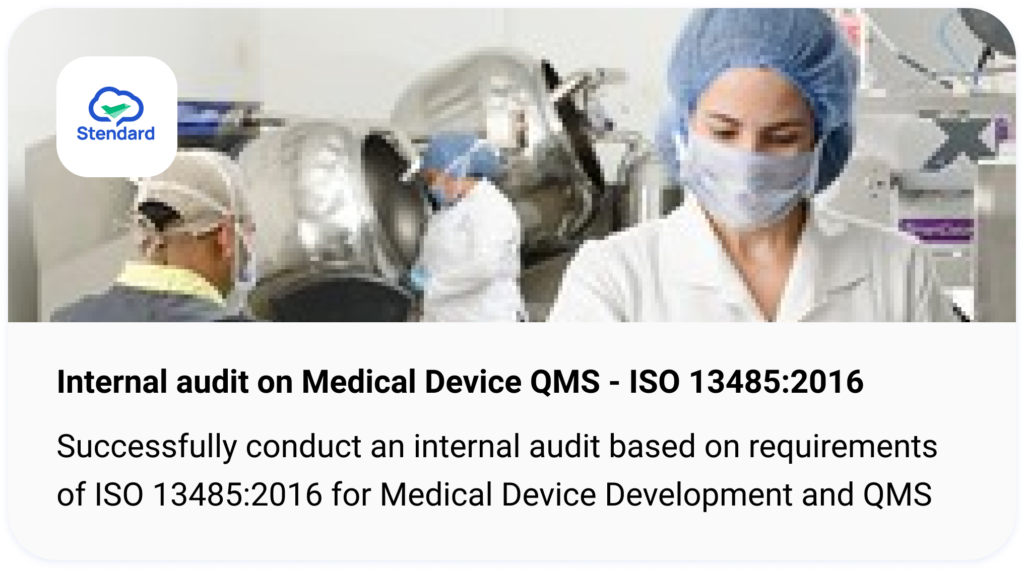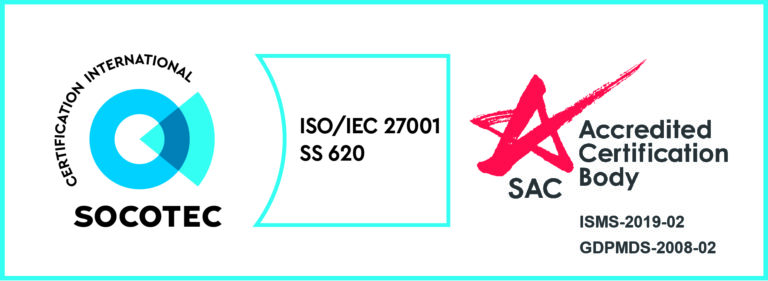Have you ever felt unsafe while having your meals? Do you question whether our food is safe for consumption? Have you ever wondered how the ingredients that made up your meal was processed safely? Along with the meals that we have daily, each ingredient has its journey and may face some hazards before the point of consumption.
As consumers, we have the right to expect the food we eat to be safe and suitable for human consumption. On food safety, foodborne illnesses and injury resulting from food spoilage or allergies are often inseparable. These issues cause the local authorities to be involved as public health is at stake, leading to businesses in the food industry being adversely affected due to the waste of resources and the loss of consumers’ trust.
Good hygiene practices are crucial to food safety. It needs to be implemented effectively throughout the food chain to ensure our food is safe. However, due to certain circumstances, implementing good hygiene practices alone may not be sufficient considering the complexity of the food production process and operation due to technological advancement. Therefore, it is crucial to establish Hazard Analysis Critical Control Points (HACCP) to identify the significant food safety hazards that cannot be controlled by implementing good hygiene practices.
HACCP is a tool to assess hazards and establish control measures for significant hazards along the food chain, rather than relying mainly on end-product testing.
At the end of this article, you will be able to understand:
- What is HACCP
- What is a HACCP System
- Importance of establishing a HACCP System
- HACCP and the 7 Principles
- Examples of HACCP
What is HACCP?
Hazard Analysis Critical Control Point is a tool to assess hazards and establish control systems that focus on control measures for significant hazards along the food chain, rather than relying mainly on end-product testing. In simple terms, HACCP is used to ensure food safety throughout the whole food supply chain.
What is a HACCP System?
Hazard Analysis Critical Control Point system is a science-based systematic method of establishing a risk management system that identifies, evaluates, and controls the biological, chemical, and physical food safety hazards from raw material production, procurement and handling to manufacturing, distribution and consumption of the finished product. This is done by developing a HACCP plan and implementing the procedures in accordance with that plan.
The development of a HACCP system may identify the need for changes in processing parameters, processing steps, manufacturing technology, end product characteristics, the method of distribution, the intended use, or the Good Hygiene Practices applied.
Any HACCP system should be capable of accommodating change, such as advances in equipment design, processing procedures or technological developments.
Importance of establishing a HACCP system
Having a robust food safety program is vital within an organisation. Establishing an active food safety program in the form of a HACCP system is important because it helps to establish critical limits and critical control points within the food production process in order to identify and prevent potential hazards from occurring.
With a HACCP system in place, various countries can achieve HACCP certification. SS 444 certification can be achieved in Singapore with a HACCP system in place. This leads to providing food safety assurance to the consumers in your organisation’s management of food processing, food processors, food handlers and other food production processes. Thus, it results in greater confidence when purchased from consumers.
HACCP and the 7 principles
HACCP is a systematic approach to identifying, evaluating, and controlling food safety hazards based on the famous seven HACCP principles starting from the conduct of hazard analysis until the establishment of the appropriate documentation.
The following five preliminary steps should be accomplished before the HACCP principles in developing a HACCP Plan.
Step 1: Assemble the HACCP team and identify the scope.
A multidisciplinary team must be assembled as the first step towards a successful HACCP system implementation. Organisations should ensure that the appropriate knowledge and expertise are available to support the implementation of the HACCP system. HACCP training should be provided if the team is inexperienced.
On the other hand, the HACCP team needs to identify the scope of the HACCP system that will be applied throughout the organisation and the prerequisite programs required within the boundaries of the HACCP system.
It is paramount that all employees dealing with the food production process understand the basic food safety principles.

Step 2: Describe the product and its distribution
The HACCP team needs to understand the products well before conducting the HACCP analysis by consolidating relevant information about the product and distribution methods. These include composition, physical and chemical characteristics, processing methods and the technologies used, packaging, shelf life, storage condition and distribution method.
Step 3: Describe the intended use and consumers of the food
The HACCP team shall describe the intended use and consumer of the product. Any vulnerable groups of the population may require further consideration on the additional specifications required and the relevant competent authority’s regulation that needs to be complied with.
Step 4: Construct a flow diagram that describes the processes
All steps in the processes are equally important to note as a basis to conduct the HACCP analysis. A flow diagram helps the team to detail down the processes and indicate all inputs such as:
- Outsourced processes
- Reworking and recycling
- Where end products, intermediate, waste, by-products are released or removed
- Where raw materials, ingredients, processing aids, packaging materials, utilities and intermediate products enter the flow
Step 5: Verify the flow diagram
The relevant team member with appropriate knowledge of the processing operation should ensure the accuracy of the flow diagram constructed in the previous step by doing an on-site confirmation.
Step 6/ Principle 1: Conduct a hazard analysis and identify control measures.
HACCP analysis requires excellent coordination within the HACCP team. It starts with identifying all potential hazards, followed by evaluating these hazards to determine which of them are significant.
Potential hazards should be listed as specific as possible and their source. Analysis should consider the severity of adverse health effects and the likelihood of the hazards at each step in the process or if there are any hazards associated with the material itself.
Furthermore, control measures shall be determined for each hazard identified.
Step 7/ Principle 2: Determine the Critical Control Points (CCPs).
Critical control points are determined only for hazards identified as significant through the hazard analysis conducted at the previous step. These CCPs may be determined using a decision tree or other relevant approaches.
CCPs are established at steps where control is essentially required and where a deviation could impact food safety.
The control measures applied at CCPs should result in an acceptable level of the hazard being controlled.
Step 8/ Principle 3: Establish validated critical limits for each CCP
Critical limits shall be established for all CCPs from step 7 to differentiate between acceptable and unacceptable products. These limits should be measurable and/or observable and validated that they are capable of controlling the hazards to an acceptable level.
The validation of critical limits includes the conduct and commission of studies. These critical limits can also be validated based on existing literature, regulations, and studies by other parties or guidance from the authorities.
Step 9/ Principle 4: Establish a system to monitor control of CCPs
Deviation of this limit may affect food safety due to unsafe food being produced and should be avoided. CCPs need to be monitored to prevent food safety from being compromised.
A set of monitoring procedures needs to be established to ensure the timely detection of a deviation from the critical limits, allowing isolation of the affected products.
Step 10/ Principle 5: Establish corrective actions to be taken when monitoring indicates a deviation from a critical limit at a CCP has occurred
Appropriate corrective actions required when deviations of critical limits occur shall be developed. Examples of corrective actions may include a product or material quarantine of a potentially unsafe product and the analysis of the product’s safety to decide the disposition methods appropriately before the product reaches the consumers.
Root cause analysis should also be conducted to minimise the potential for the deviation to reoccur.
Step 11/ Principle 6: Validate the HACCP plan and then establish procedures for verification to confirm that the HACCP system is working as intended
Neither validation nor verification can be avoided during the HACCP plan development process. The control measures and their critical limits shall be validated before the initial implementation.
Examples of validation methods include:
- The review of scientific literature.
- Using mathematical models.
- Conducting validation studies and or using guidance developed by authoritative sources such as CXG 69-2008 Guidelines for the Validation of Food Safety Control Measures.
Verification procedures should be established and followed regularly after implementation to ensure the HACCP system functions as planned and effectively. Verification methods can include observations, audits, calibration, sampling and testing, and review of the implementation records. Examples include microbial sampling, testing of equipment accuracy and review of the HACCP system.
Step 12/ Principle 7: Establish documentation concerning all procedures and records appropriate to these principles and their application.
Documentation and record-keeping are essential to the successful implementation of the HACCP system.
Examples of documentation include:
- Hazard analysis conducted as part of the HACCP Plan
- CCP, control measures and its critical limit determination
- Validation of control measures.
Examples of records include:
- CCP monitoring activities
- Deviations and planned corrective actions
- Verification activities that are performed.
An example of Hazard Analysis identification, establishing Critical Control Points and Critical Limits
Checking the incoming goods from your suppliers
Critical control points can be the preventive measures to control the source of your food materials as the source of hazard may come from your suppliers. An example of a critical control point that you may establish is the possible contamination of physical hazards such as metal or sharp objects. In this case, a metal detector may be used as a control. Its limits should be determined, such as the metal detection sensitivity.
As the metal detector’s sensitivity is key to detecting the presence of metal, the sensitivity should be controlled and checked by verifying the metal detector’s ability. Therefore, this control ensures that the metal detector stays within the detection limit, and any deviation will be identified.
Conclusion
Food safety is of utmost importance for food business operators who wish to produce, transport, store and sell food products. This has led to the establishment of various food safety standards and regulations from individual countries. Suppose the foundational prerequisite programs such as Good Hygiene Practices, Good Manufacturing Practices and Good Agricultural practices are insufficient to control the relevant food safety hazards. In that case, a HACCP system is required to be implemented.
In addition, establishing a HACCP system allows an organisation to be a step closer to implementing a food safety management system, fulfilling internationally recognised standards such as ISO 22000 – Food Safety Management Systems. As a company that provides management system consulting, Stendard can help your organisation by providing prerequisite programs, ISO 22000 and HACCP training, to the successful implementation and certification of a HACCP system as well as an ISO 22000 food safety management system.
If you have any queries, always feel free to reach out to us.
References
1. General principles of food hygiene CXC 1-1969





